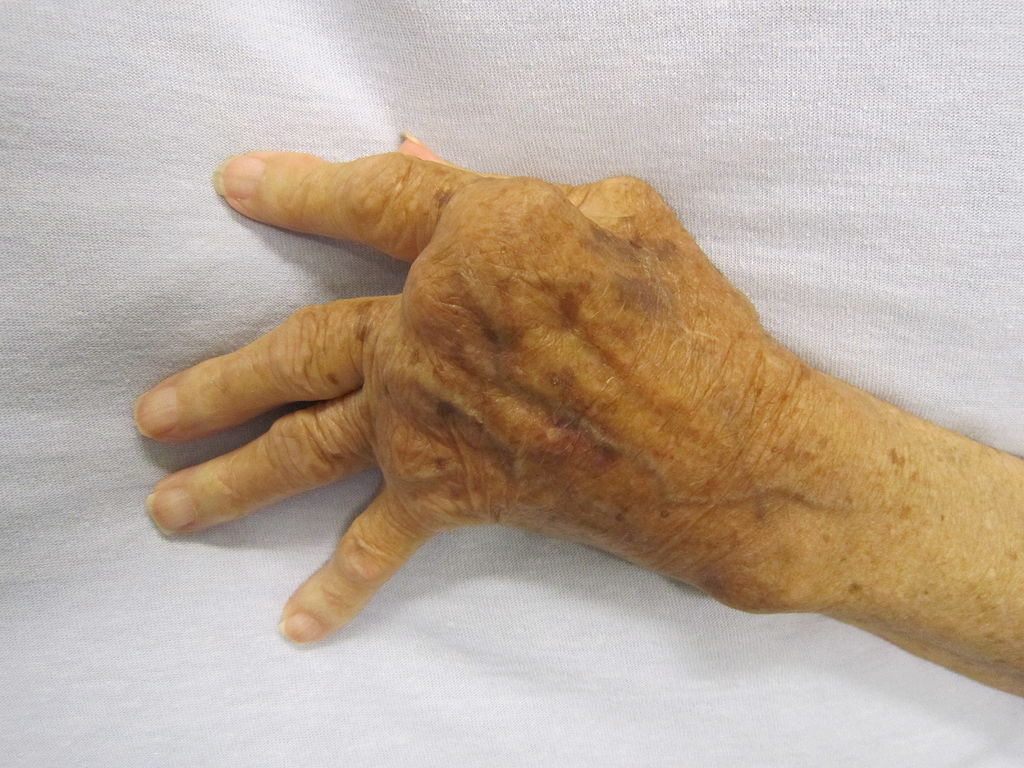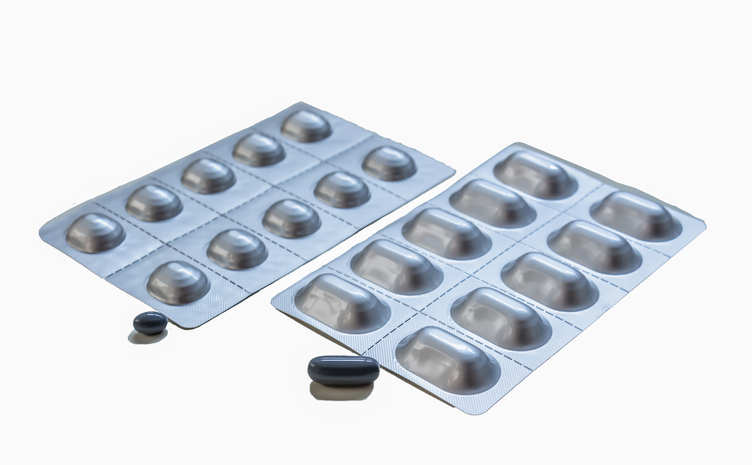Pain
What Is Septic Arthritis?

Septic arthritis involves infection and inflammation in a joint from a bacterial, fungal or viral infection that originated from another part of the body. The infection can travel to the joint through the bloodstream, or it can directly enter the joint during surgery or as a result of an injury. The knees are the most common joints affected by septic arthritis, but it can also develop in other joints, such as the hips, shoulders, or other joints.
Symptoms
The symptoms of septic arthritis typically develop suddenly. Symptoms may include, but are not limited to, the following:
- Severe joint pain, commonly limited to one joint, often the knee, hip, or shoulder
- Inability to move the limb with the affected joint
- Joint swelling or redness
- Fever
Septic arthritis can also develop in infants. Symptoms include crying when the affected joint is moved, fever, and fussiness. The hip is the most commonly affected joint in infants.
Causes
Septic arthritis can be caused by bacteria, such as Staphylococci, Gram negative bacilli, Streptococci, or Gonococci. It can also be caused by viruses, such as HIV. Most often, it is caused by the bacterium Staphylococcus aureus (staph).
With septic arthritis, the bacteria typically spreads from a skin infection or urinary tract infection through the bloodstream to a joint, infecting joint fluid and tissues. The bacteria can also enter a joint directly. This can occur when a bone fracture breaks through the skin, a foreign object pierces through the skin, or if a joint is exposed to bacteria during surgery.
Risk factors
Certain health-related conditions/issues increase the risk of developing septic arthritis:
- A systemic blood-borne infection
- Osteoarthritis or rheumatoid arthritis
- History of septic arthritis
- Recent joint injury or surgery
- Artificial joint implants
- Fragile skin or skin conditions, such as eczema or psoriasis
- A weakened immune system
- Use of a medication that weakens the immune system
- IV or injection drug use
- Alcoholism
- Infancy (most common under 3 years of age) or advanced age
- Chronic illness, such as diabetes, HIV, or lung or liver disorders
The presence of multiple risk factors — rather than just one risk factor —increases the risk of developing septic arthritis.


















